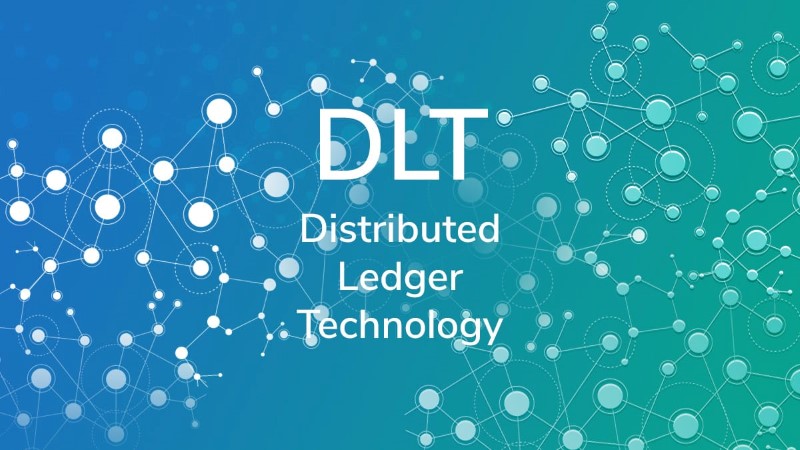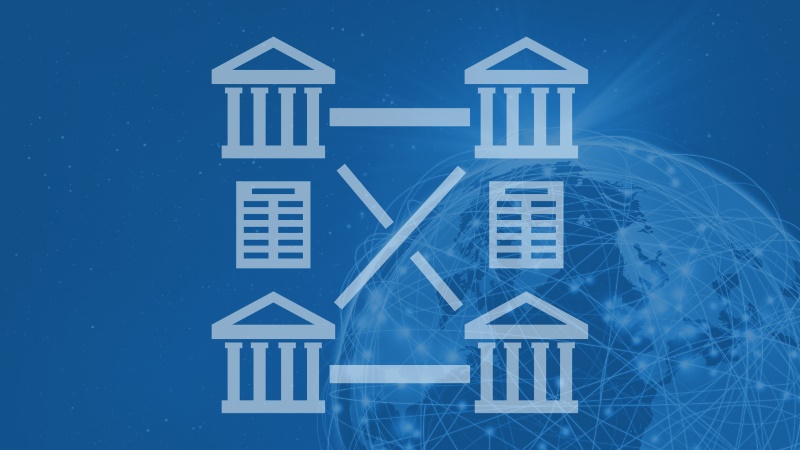In the rapidly evolving world of blockchain and cryptocurrency, one term that frequently pops up is Distributed Ledger Technology (DLT). This term refers to the technology behind decentralized systems where information is recorded, shared, and synchronized across multiple locations without a central administrator. But what is distributed ledger technology DLT, and why is it such a crucial part of the digital revolution? Let’s delve deeper into the world of DLT to understand its significance, how it works, and its potential applications.
The Basics of Distributed Ledger Technology (DLT)

At its core, distributed ledger technology (DLT) is a digital system for recording the transaction of assets, where the details are recorded simultaneously across multiple places or nodes. This eliminates the need for a centralized authority, such as a bank or government institution, to manage or control the records. Each participant in the network (referred to as a node) holds a copy of the ledger, and updates are made in a synchronized manner.
A major feature of DLT is that it’s decentralized. This means there is no single point of failure, and data is resistant to modification or tampering since changes in the ledger are made by consensus between the various nodes. If a malicious actor tries to alter the data, they would need to change every single copy of the ledger at the same time—a near-impossible task in most cases.
Key Components of Distributed Ledger Technology (DLT)
Decentralization: Traditional systems typically have a central authority that governs the transaction process. In contrast, DLT operates on a decentralized platform, meaning that no single entity has control over the entire system. All the participants (nodes) hold the same copy of the ledger.
Immutability: Once data is recorded on a DLT, it becomes very difficult, if not impossible, to alter it. This feature ensures the integrity and security of the data. Transactions are verified by multiple nodes, and any change would need to be approved by a consensus.
Transparency: All transactions on a distributed ledger are visible to every participant in the network. This transparency helps in building trust among users, as they can verify the legitimacy of transactions on their own.
Consensus Mechanism: One of the essential components of DLT is the consensus mechanism, which determines how the network reaches an agreement on any given transaction. Popular consensus mechanisms include Proof of Work (PoW), Proof of Stake (PoS), and Byzantine Fault Tolerance (BFT).
Security: DLT provides enhanced security due to its decentralized and encrypted nature. It is extremely hard for hackers to alter the data across all nodes, making it more secure than traditional centralized systems.
How Does Distributed Ledger Technology Work?
Understanding how distributed ledger technology (DLT) works requires examining the process of transaction recording and verification. In a traditional system like a bank, when a transaction is made, the bank records it in its database. The problem with this system is that it is centralized, meaning that all the records exist in one place, making it a potential target for attacks and manipulation.
With DLT, things work differently. Whenever a transaction is made, it is recorded simultaneously across all nodes in the network. The nodes then verify the transaction by reaching a consensus, ensuring that no fraudulent activities occur. Once a consensus is reached, the transaction is added to the ledger, and each node updates its copy of the ledger.
Since all nodes have a synchronized and up-to-date copy of the ledger, the system is highly resistant to fraud. Any attempt to change the ledger would require altering every copy on all the nodes, which is computationally and logistically impractical.
Applications of Distributed Ledger Technology (DLT)
DLT has found its way into various industries and applications beyond just cryptocurrency. Below are some notable areas where DLT is making a significant impact:The most common application of distributed ledger technology is in cryptocurrency, particularly Bitcoin and Ethereum. These cryptocurrencies rely on a blockchain, a type of DLT, to record and verify transactions without the need for a centralized authority like a bank.

One of the most promising applications of DLT is in supply chain management. With DLT, companies can track the journey of products from the manufacturer to the consumer in a transparent and immutable manner. This eliminates fraud and counterfeiting, ensuring the authenticity of products.
In the healthcare sector, DLT can be used to securely store and manage patient records. Hospitals and clinics can share patient information with authorized individuals or organizations without compromising the data’s privacy and security.
DLT is also being used in financial services to speed up transactions and make them more secure. By removing intermediaries and automating processes, financial institutions can reduce costs, eliminate delays, and improve transparency.
Governments are exploring DLT for e-voting systems, where distributed ledgers can be used to record votes in a transparent and secure manner. This could potentially solve issues like voter fraud and manipulation.
Advantages of Distributed Ledger Technology (DLT)
- DLT’s decentralized nature ensures that all participants have access to the same information, promoting transparency. Since every transaction is visible to everyone on the network, trust among participants increases.
- The decentralized nature of DLT ensures that even if one or more nodes are compromised, the system remains secure. This makes it resistant to attacks and hacking attempts.
- By removing intermediaries like banks and brokers, DLT can significantly reduce costs. Automated processes also help reduce manual labor, leading to cost savings.
- DLT allows for almost instant transactions by bypassing the delays caused by intermediaries and manual processes.
Challenges of Distributed Ledger Technology (DLT)
While DLT offers numerous benefits, it also comes with its challenges:

- Many DLT platforms, especially blockchain, face issues with scalability. As the number of transactions grows, the time taken to reach consensus and record transactions can increase, leading to slower processing times.
- Some consensus mechanisms, such as Proof of Work (PoW) used by Bitcoin, are highly energy-intensive. This has raised concerns about the environmental impact of DLT platforms.
- Governments worldwide are still figuring out how to regulate DLT. Without clear regulations, companies may face legal challenges when adopting this technology.
- The technology behind DLT is complex, and integrating it into existing systems can be challenging for businesses.
The Future of Distributed Ledger Technology (DLT)
Distributed Ledger Technology (DLT) is rapidly evolving, and its future looks promising. As scalability issues are addressed, and more industries discover its potential, DLT could become the backbone of various systems, from finance to healthcare and government services. Innovations in consensus mechanisms, such as Proof of Stake (PoS), also promise to reduce energy consumption, making DLT more sustainable.
In conclusion, what is distributed ledger technology DLT? It’s a revolutionary technology that offers decentralization, security, and transparency. As the world moves towards a more digital future, DLT will likely play an increasingly crucial role in shaping how we manage data, perform transactions, and interact with technology.
